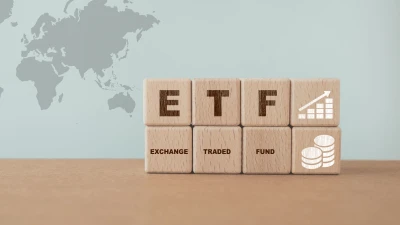Micro caps in high demand


Australian investors have showed a strong demand for micro caps resulting in a six-fold increase in funds meeting this demand, according to Zenith’s most recent Sector Review.
The number of micro cap funds in Zenith’s rated universe increased by 125 per cent since 2016 leading to a growth of funds under management (FUM) from $115 million to $702 million over the three years to 31 December, 2017.
Although the median small cap manager on Zenith’s Approved Product List (APL) underperformed the S&P/ASX Small Ordinaries Accumulation Index by 4.3 per cent, and the median mid cap manager was in line with the S&P/ASX MidCap50 Index, the median micro cap manager outperformed the S&P/ASX Emerging Companies Index by approximately 2.2 per cent.
Zenith also stressed in its study that micro cap funds were a highly volatile sector, mostly due to the lack of publicly available research on stocks and the impact of strong capital movements.
Although the collective capacity of the micro cap fund universe was $200 million in June, 2016, the rise in a number of micro cap funds translated to close to $1.2 billion in December, 2017.
Extrapolating the FUM growth for the 2017 calendar year of $400 million, the capacity would be filled within three years, according to Zenith.
The firm’s head of equity research, Quan Nguyen said: “Stocks at the small/micro end of the market capitalisation spectrum have wider performance outcomes, which reinforces Zenith’s view that micro cap investing requires professional investments managers who possess the necessary experience and expertise to avoid the inherent risks.”
Recommended for you
Two listing experts have shared tips for fund managers to consider when it comes to launching their first ETF on an exchange.
The Sydney-based boutique fund manager has listed its inaugural ETF on the ASX, based on an existing fund that provides exposure to mid-to-large growth companies.
Insurer TAL has announced it has taken a minority stake in investment manager Challenger.
Asset managers may be encouraged to diversify their product ranges and branch into the retail or intermediary market but, two consultants argue, they may find it more complicated and costly than they expect.















